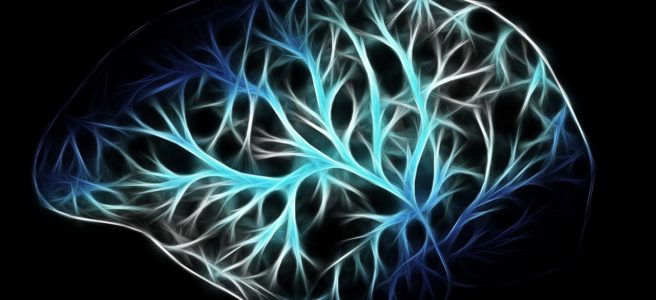The Story of the Chronically Misdiagnosed Phantom Limb Pain
Phantom limb pain is a condition that the vast majority of people do not understand. That is, until they experience an illness or accident that changes their perspective. Pain sciences have undergone an extreme evolution recently. This is why stories about pain from people who lived in past eras are so important to consider and analyze.
Marian’s Story
Marian was the fifth child in a family of twelve. She was raised on an Ozark farm in Missouri and was taught to think toughness was the key to success. When Marian turned fifteen, she started working outside of the home as a waitress. Keep in mind, this was 1929, and opportunities for a young female in the southern part of the United States were limited.
Marian found a simple waitressing job in a town a few miles from her home. She took the local taxi to work. One ordinary taxi ride changed her life. This ride took her to a street near her job. The taxi parked on the curb and allowed her time to exit. As Marian opened the taxi door, she did not notice the busy traffic. Marian did not realize that the taxi had parked on the wrong side of the street. She began walking to her job after leaving the taxi, and then it happened. A truck, with metal-lined wooden wheels hit her.
The truck’s wheel bands sliced her lower leg completely off. Marian nearly died on her way to the nearest Missouri hospital. The bleeding was incredible, and she struggled to understand why this accident had happened.
In 1929, there were few doctors available to treat accidents like Marian’s. Most of the doctors only understood radical methods like cauterizing, and medical treatments similar to those used during the Great War. As a result, Marian’s leg was left partially intact beneath the knee. She retained full knee function but was left without a lower leg.
Marian went on to raise three boys who were all born in the 1940s. Her husband died when her youngest boy was only three months old. Her personal strength kept her working. She lived a full life hobbling on a wooden leg. During her final 102nd year of life, she still wore the wooden leg, and complained of phantom pains.
The Tragedy of Untreated Phantom Pains
Marian’s phantom pains stemmed from the sensation that she was “wiggling her toes” to quell certain scratchy sensations. Though her demeanor did not permit it, her family understood that she suffered from horrible phantom itches for nearly eighty years.
The true tragedy is that she did not have access to doctors who knew how the muscular and nervous systems work. Marian had the misfortune of being left with a partial leg bone after her accident. There was enough lower leg to allow normal body movements, but not enough to make the movements feel real. Undoubtedly, her brain registered the movement, but was never provided with accurate neural feedback. This resulted in a constant uncomfortable and negative physical feeling.
When phantom limb pains are left untreated, they can manifest in terrible mental anguish. The sensation of moving a limb, but never experiencing actual movement, can be devastating. This is true for people who have lost a limb and still feel it working, and those who have a limb that is not responsive to brain signals. Sometimes, having an unresponsive limb is just as bad a losing that limb.
Dr. Eldor Brish MD has been certified by the American Board of Anesthesiology in Pain Medicine, and he understands the implications of living with phantom limb pain. His expertise centers on effective methods of pain management that are customized to a patient’s individual health needs. This means pain management arising from injury, illness, or post-operative conditions. His specialty lies in helping people with chronic pain disorders including the management phantom pain conditions.
Marian’s story is an all-too-common one from an era when doctors only treated immediate symptoms. Dr. Eldor Brish MD is qualified to treat phantom pain conditions because he understands the intricate science behind the human nervous system. He can provide treatment and therapy that alleviates phantom pains and allows patients to enjoy a better quality of life.
